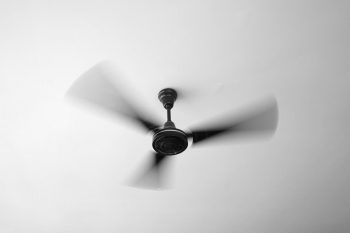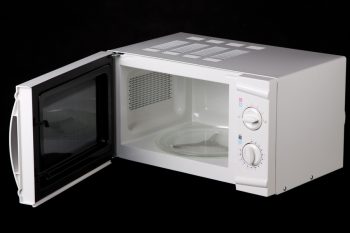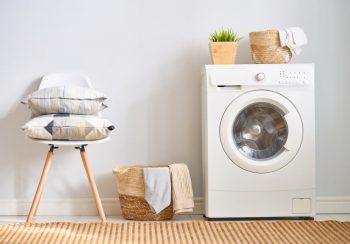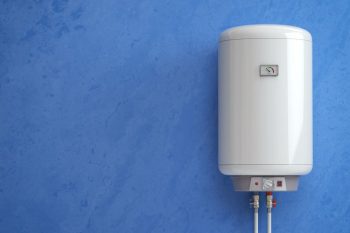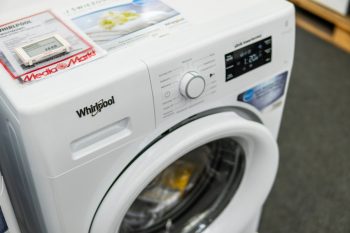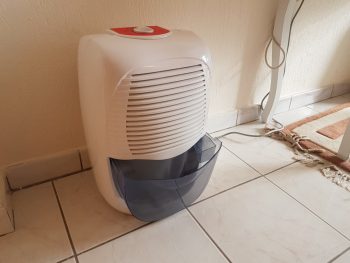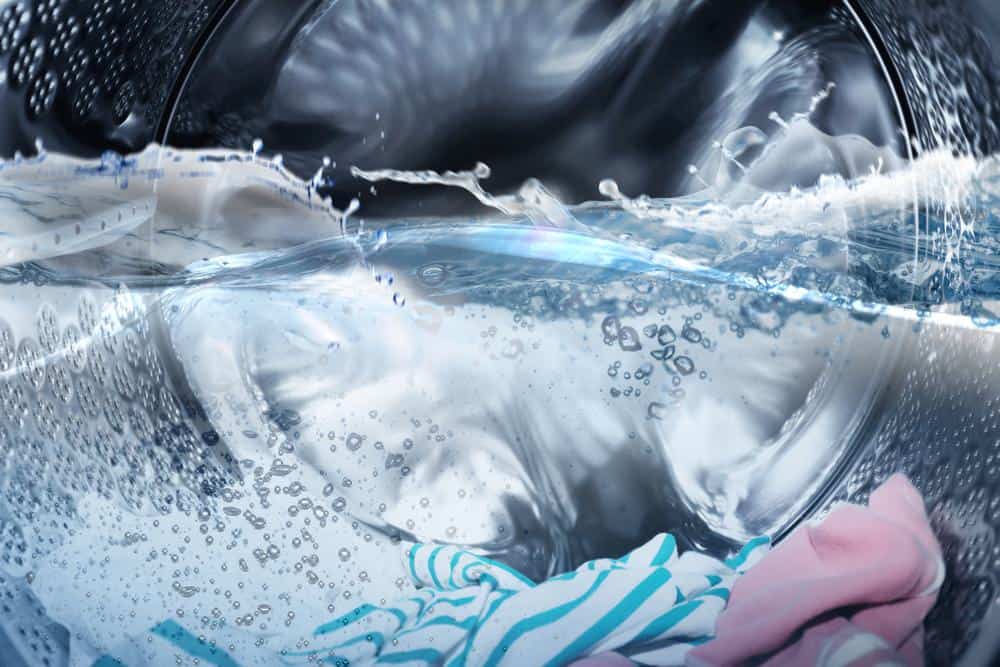
Old Whirlpool washers are known for their durability and longevity. However, like all appliances, they require proper use and maintenance to stay in optimal condition. Whether you’ve just inherited an old Whirlpool washer or picked one up at a garage sale, this comprehensive guide will help you understand how to use and maintain it effectively.
To use an old Whirlpool washer, first, identify the model number and download the user manual from the Whirlpool website for detailed instructions. Set up the washer by preparing the installation area, unpacking the machine, connecting the drain hose and water supply hoses, leveling the machine, and running a test cycle. To operate the washer, sort your laundry, add detergent, load the laundry, select the load size, water temperature, and wash cycle, then start the washer. Regular maintenance, such as cleaning the washer and dispensers, keeping the washer level, and inspecting and replacing water hoses, is crucial for the washer’s longevity.
Understanding Your Old Whirlpool Washer
Old Whirlpool washers, particularly those from the 1950s to the 1980s, typically share some common features. These include a top-loading design, a central agitator, mechanical controls, lower spin speeds, smaller capacities, and less energy and water efficiency compared to modern models [^1^].
Before using your washer, it’s crucial to find the model number, usually located inside the door or on the rim of the washer. With this number, you can download the user manual from the Whirlpool website, which will provide detailed instructions on how to use and maintain your washer [^2^].
Setting Up Your Old Whirlpool Washer
Proper setup is essential for the performance and longevity of your washer. Here are the steps to set up an old Whirlpool washer:
- Prepare the installation area: Ensure that the location has a clean, level, hard floor, access to cold and hot water connections, appropriate drainage, and a grounded electrical outlet.
- Unpack the washing machine: Remove packaging materials and shipping bolts or foam used to secure the washer during transportation.
- Connect the drain hose: Attach the drain hose to the washer’s drain port, ensuring the end of the hose is at least one meter above the ground.
- Connect the water supply hoses: Attach the hot and cold water hoses to the corresponding water inlets on the back of the washer and tighten the connections.
- Level the washing machine: Use a level to check and adjust the washer’s balance.
- Plug in the washer: Connect the power supply cord to a grounded electrical outlet.
- Run a test cycle: Start the washer and allow it to complete a regular cycle to ensure proper installation and functioning [^3^].
If you need professional assistance, Whirlpool offers a variety of repair services [^4^].
Operating Your Old Whirlpool Washer
Using an old Whirlpool washer involves several steps:
- Sort and prepare your laundry: Separate your clothes by color, fabric type, and care instructions.
- Add detergent: Place detergent at the bottom of the washer basket. Always use liquid detergent specifically designed for automatic washing machines and follow the detergent packaging instructions for the correct amount.
- Load your laundry: Place your garments in loose heaps evenly around the agitator. Do not overload the washer, as this can cause poor cleaning.
- Add fabric softener (optional): Pour fabric softener into the dispenser of the agitator and dilute it with warm water.
- Select the load size: Choose the appropriate load size based on the amount of laundry.
- Select the water temperature: Pick the water temperature according to the care instructions on your garments.
- Choose the wash cycle: Select the wash cycle that best suits the type of laundry you’re washing.
- Start the washer: Once you’ve selected the appropriate settings, close the lid and start the washing machine [^5^].
Maintaining Your Old Whirlpool Washer
Proper maintenance is crucial for your old Whirlpool washer’s longevity. Here are some maintenance tips:
- Clean the washer regularly: Run a “Clean Washer” cycle every 30 days or after every 30 cycle loads using affresh® Washer Cleaner or liquid chlorine bleach.
- Clean the washing machine dispensers: Wipe them dry after every use and clean them regularly.
- Clean the agitator: Remove any debris or buildup from the agitator.
- Keep the washer level: Ensure the washing machine is properly balanced.
- Use the correct amount of laundry detergent: Overusing detergent can cause residue buildup.
- Inspect and replace water hoses: Check the water hoses for damage and replace them every five years.
- Leave the washer door open between washes: This allows the inside of the washer to dry out and helps prevent mold and mildew growth.
- Run occasional warm or hot water cycles: This helps slow down soil and detergent buildup [^6^].
Troubleshooting Your Old Whirlpool Washer
If your old Whirlpool washer is not spinning, you can troubleshoot it by checking for error codes, inspecting the lid switch, examining the drive belt, checking the drain hose, inspecting the motor coupler, examining the stator and rotor, looking for issues with the gear case splines, and testing the drain pump [^7^].
In case your washer is not cleaning clothes properly, ensure you are using an HE detergent, the load is balanced, and follow the instructions in the washer’s manual. If the issue persists, inspect the water inlet valve, water pressure, and water inlet hoses [^8^].
If you encounter any issues that you are unsure how to fix or can’t determine the cause, it might be time to call a professional for assistance.
By following these tips and guidelines, you can ensure that your old Whirlpool washer continues to perform efficiently and effectively for many years to come. Enjoy the satisfaction of maintaining and using a classic appliance while also being environmentally friendly by prolonging the life of a durable washer.
Frequently Asked Questions
What type of detergent is best for my old Whirlpool washer?
For old Whirlpool washers, it is recommended to use liquid detergents specifically designed for automatic washing machines. These detergents are formulated to dissolve properly in all water temperatures and do not leave residue in your washer or on your clothes.
Can I use bleach in my old Whirlpool washer?
Yes, you can use bleach in your old Whirlpool washer. When using bleach, make sure to add it to the bleach dispenser (if your model has one) and never pour it directly onto the clothes to avoid damaging the fabric. Always follow the instructions on the bleach bottle for the correct amount.
What can I do if my old Whirlpool washer is making a loud noise?
Loud noises from your old Whirlpool washer could be due to several reasons. The washer may be unbalanced, there could be something stuck in the drum or agitator, or a part may be worn out or broken. Try to determine the source of the noise. If it’s due to an unbalanced load, redistribute the clothes evenly around the agitator and restart the cycle. If the noise continues, you may need to call a professional for repair.
How can I find the model number of my old Whirlpool washer?
The model number of your old Whirlpool washer is usually located inside the door or on the rim of the washer. It’s typically a combination of letters and numbers. With this model number, you can download the user manual from the Whirlpool website for detailed instructions on how to use and maintain your washer.
Is it safe to wash delicate items in my old Whirlpool washer?
While old Whirlpool washers are generally safe for all types of laundry, delicate items may require special care. Check the care label on your garment for washing instructions. If it says “hand wash” or “dry clean only,” do not wash it in your washer. If it’s safe for machine washing, use the gentle or delicate cycle, use cold water, and consider using a mesh laundry bag for added protection.

